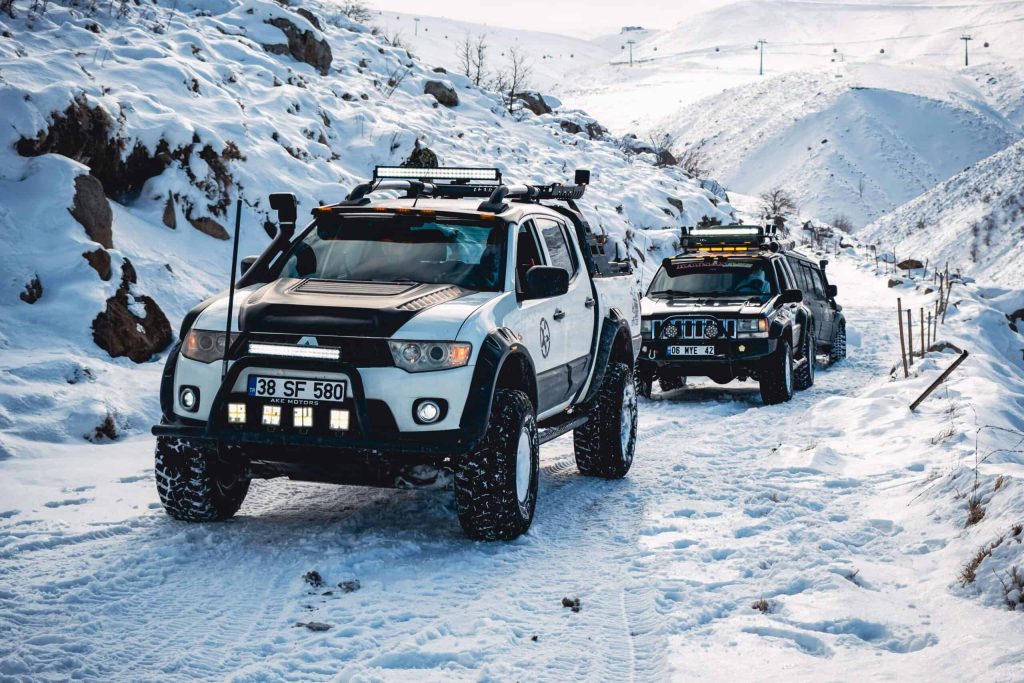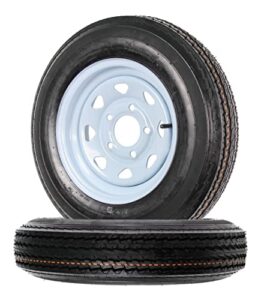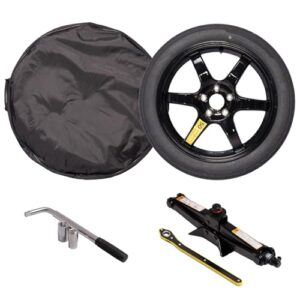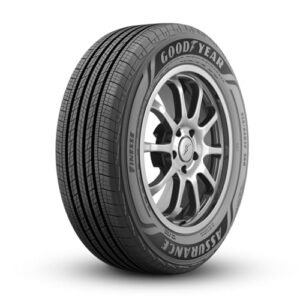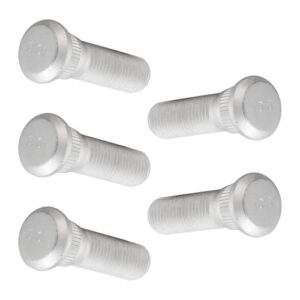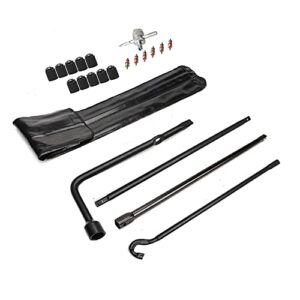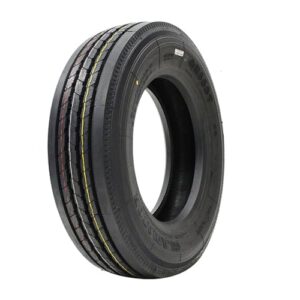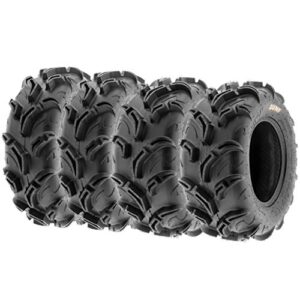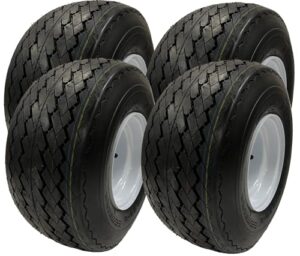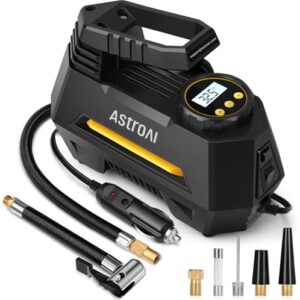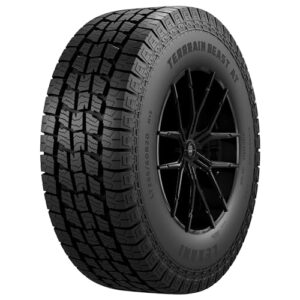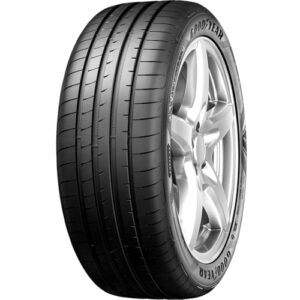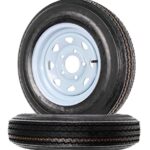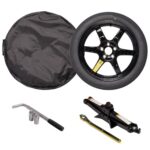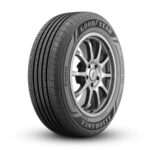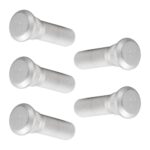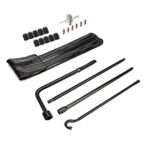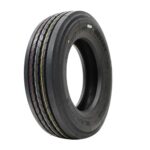The best all-season tires for snow feature enhanced traction and stability. Top choices include the Michelin CrossClimate2 and the Goodyear Assurance WeatherReady.
Choosing the right all-season tires for snow can make a significant difference in driving safety and comfort. All-season tires designed to handle snowy conditions typically have specialized tread patterns and rubber compounds that remain flexible in cold temperatures, ensuring better grip and control.
The Michelin CrossClimate2 stands out with its V-shaped tread design, providing excellent snow traction without sacrificing performance in dry or rainy conditions. The Goodyear Assurance WeatherReady is another excellent option, boasting severe snow certification thanks to its Evolving Traction Grooves and 3D TredLock Technology. Both tires are engineered to provide drivers with peace of mind during winter months and are versatile enough for year-round use. Investing in a top-tier set of all-season tires is essential for anyone seeking safety and reliability on snow-covered roads.
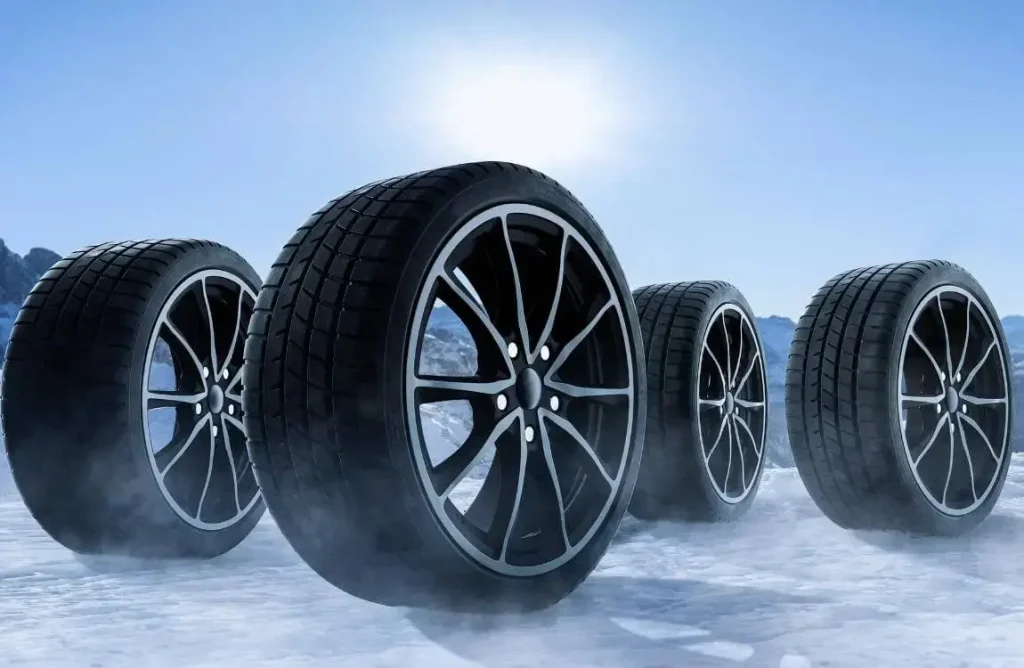
Unrivaled Grip Guide For Snowy Roads
As winter wraps its icy grip around the roads, every driver faces the looming challenge of maintaining safety and control behind the wheel. The secret to navigating these treacherous conditions lies hidden in plain sight: your vehicle’s tires. Welcome to the Unrivaled Grip Guide for Snowy Roads, a go-to resource for choosing the best all-season tires that offer exceptional performance in snow.
Importance Of Proper Tire Selection
Selecting the right set of all-season tires for snowy conditions is not just a matter of convenience—it’s a critical decision affecting the safety and handling of your vehicle. The importance of proper tire selection can’t be overstressed, as the right tires provide the crucial friction needed to navigate through snow and icy roads. The best all-season tires blend characteristics of winter and summer tires, offering:
- Superior traction on cold, wet surfaces
- Resistance to hardening in low temperatures
- Durable tread patterns that push away slush and reduce hydroplaning
With the proper tire selection, drivers gain enhanced stability, improved cornering, and the ability to come to a safe stop, even on snow-covered roads.
Challenges Faced With Snow And All-season Tires
Despite the advances in all-season tire technology, drivers still face specific challenges when facing snowy roads. All-season tires, while versatile, are a compromise and may not always provide the level of grip and performance offered by specialized snow tires.
| Challenge | Description | Impact on Driving |
|---|---|---|
| Reduced Traction | All-season tires may struggle to maintain grip on snow and ice compared to dedicated winter tires. | Longer stopping distances and decreased handling |
| Compromised Flexibility | The rubber compound in all-season tires can harden in cold temperatures. | Lack of tire flexibility can reduce tire-to-road contact |
| Wear and Durability | Frequent use in harsh winter conditions can accelerate tire wear. | May require more frequent replacement or compromise long-term performance |
Awareness of these challenges helps drivers make informed decisions about tire investments, with the aim of maximizing safety and performance on snowy roads.
Decoding Best All Season Tires For Snow
When winter lays its icy hand upon the road, it is crucial to choose tires equipped to handle the challenge. All-season tires made for snow must exhibit a balance of versatility, durability, and safety. This essential guide decodes the best all-season tires for snow by examining their snow performance and highlighting the benefits they offer.
Factors Influencing Snow Performance
Several key factors determine how well all-season tires perform in snowy conditions. Understanding these can lead to an informed decision, ensuring you select a tire suited for winter’s unpredictability.
- Rubber compound: Tires with a rubber formulation that remains flexible in cold temperatures and maintains a better grip on icy roads.
- Tread design: Look for a tire with deep grooves and unique patterns to effectively displace snow and slush.
- Tire width: Narrower tires can provide improved traction by cutting through snow instead of floating on top.
- Siping: Sipes are small, thin slits in the tread that open up as the tire rolls, creating additional biting edges to grip the snow.
Benefits Of Having All-season Snow Tires
Owners of all-season snow tires reap various significant benefits making the investment worthwhile. These tires are designed to perform reliably across diverse driving conditions, but they truly shine when the snow starts falling.
| Benefit | Explanation |
|---|---|
| Enhanced safety | All-season snow tires improve braking and handling in snow, reducing the risk of accidents. |
| Year-round usefulness | These tires are engineered for all types of weather, eliminating the need for seasonal tire swaps. |
| Cost-effectiveness | Investing in one set of tires that serves throughout the year can be more economical than owning multiple sets. |
| Functionality in mild and severe snow | Good all-season snow tires are adept at maneuvering in both, light flurries and harsh snowstorms. |
To capitalize on these benefits, it’s important to choose a tire with proven snow performance and one that matches your specific driving habits and regional weather conditions.
Key Features Of Top Snow-gripping Tires
When the winter chill sets in and the snow starts to blanket the roads, having the right tires is crucial to maintain safety and performance. Understanding the key features of top snow-gripping tires can transform your winter driving experience from treacherous to confident and secure. These specialized tires are designed with unique tread patterns, enhanced rubber compounds, and advanced design technologies to tackle the challenges posed by snow-covered roads.
Tread Patterns And Depth Explained
One of the most critical components for optimal snow traction is the tread pattern of a tire. The design aims to channel snow and slush away from the contact patch, ensuring the tire maintains its grip on the slick surface. Here’s what sets snow-gripping treads apart:
- Broad lateral and circumferential grooves provide pathways for snow and water evacuation, reducing the risk of hydroplaning.
- Siping, the small cuts in the tread blocks, adds biting edges to improve traction on ice and compacted snow.
- Variable-edge angles cut through the snow, enhancing braking and cornering abilities.
Additionally, tread depth is a significant aspect, as deeper treads allow for better snow accumulation within the tread blocks, which leads to increased friction and grip due to snow-on-snow traction.
Rubber Compounds Suitable For Cold Weather
The formulation of the rubber compound a tire is made from significantly affects its performance in cold temperatures. Tires designed for snow include:
- Advanced silica-based rubber which remains flexible at lower temperatures, ensuring the tire conforms to the irregularities of icy roads for better grip.
- Specialized additives such as canola oil or sunflower oil, help maintain pliability in freezing conditions.
These materials prevent the tire from hardening in cold weather, a common problem with all-season tires not specifically designed for winter conditions.
Tire Stability And Handling In Snow
Achieving stability and maintaining precise handling are paramount when navigating snowy terrains. Here’s how top-tier snow tires address these challenges:
| Feature | Description |
|---|---|
| Reinforced sidewalls | They offer additional support to prevent the tire from flexing excessively under load, thereby improving stability. |
| Optimized contact patch | The area of the tire that makes contact with the road is designed to distribute vehicle weight evenly for balanced traction. |
| Polymer blends | Tires are constructed with specific polymers that maintain their grip qualities even in cold, snowy environments. |
With a focus on stability and handling, these tires enable drivers to maintain control in unpredictable snow conditions, ensuring a safer driving experience.
Expert Recommendations For All-Weather Tread
Expert Recommendations for All Weather Tread serve as the cornerstone for those seeking endurance and safety from their tires, especially during the winter months. Tires equipped with advanced all-weather tread designs offer unparalleled versatility, delivering solid performance across wet, dry, and snowy conditions. Selecting the right tire ensures your vehicle maintains grip and control in snow, without sacrificing the comfort and longevity provided by all-season models. This guide is tailored to assist you in navigating your options and making an informed decision on the best all-season tires optimized for snowy environments.
H2industry-leading All-season Snow Tire Models/h2
Industry benchmarks constantly evolve as tire manufacturers innovate to tackle the challenges of snow-covered roads. Let’s explore some of the market leaders in all-season tires designed for peak snow performance:
- Michelin CrossClimate2 – A tire that stands out for its exceptional grip and braking ability in versatile climatic conditions.
- Goodyear Assurance WeatherReady – Known for its Weather Reactive Technology™, ensuring adaptability across fluctuating weather.
- Bridgestone Turanza QuietTrack – A premium tire that excels in wet and snowy conditions while providing a quiet, comfortable ride.
- Continental VikingContact 7 – This model from Continental boasts impressive ice and snow traction thanks to its adaptive tread compound.
H2comparative Analysis Of Top Tire Brands/h2
When it comes to selecting the best all-season snow tire, it is critical to weigh the offerings of each brand against each other. Here’s a comparative analysis that highlights key features, performance metrics, and customer satisfaction across leading brands:
| Tire Brand | Traction | Comfort | Wear Life | Price Point |
|---|---|---|---|---|
| Michelin CrossClimate2 | Excellent | High | Long-Lasting | Premium |
| Goodyear Assurance WeatherReady | Superior | Good | Long | Moderate |
| Bridgestone Turanza QuietTrack | Very Good | Very High | Extended | High |
| Continental VikingContact 7 | Excellent | Good | Moderate | Reasonable |
A thorough analysis reveals that each brand offers a blend of qualities. Michelin may lead in terms of traction and durability, while Goodyear stands out for its balance between performance and price. Bridgestone prioritizes ride comfort whereas Continental offers competitive pricing for its robust features. Ultimately, the best tire for you hinges on your specific requirements, budget, and driving conditions.
Maintaining Your Snow-ready Tires
Tackling wintry roads demands more than just picking the best all-season tires for snow; it also requires diligent maintenance to ensure your tires perform optimally in icy conditions. Regular checks and upkeep not only prolong the life of your tires but also enhance your safety and the safety of your passengers. Follow these tips and checklists to maintain your snow-ready tires and keep them in top-notch condition.
Tips On Tire Pressure And Rotation Schedules
Maintaining proper tire pressure is crucial, especially during cold months when air contracts and pressure can drop. The right pressure ensures better traction and reduces the risk of tire damage. Here’s what you should consider:
- Check tire pressure monthly—fluctuations in temperature can lead to changes in tire pressure.
- Use the manufacturer’s recommended pressure levels as your guide, which you can usually find in the driver’s door jamb or owner’s manual.
- Avoid overinflation as it may reduce the tire’s contact with the road.
Regarding tire rotation, it helps in evenly distributing wear:
- Follow the rotation schedule recommended by your tire or vehicle manufacturer, typically every 5,000 to 8,000 miles.
- Keep a record of rotations to track your maintenance routine.
Seasonal Maintenance Checklist For Tire Longevity
Seasonal maintenance is key to extending the life of your tires. As you transition into colder months, consider the following checklist:
| Action Item | Details |
|---|---|
| Visual Inspection | Check for visible damage, uneven wear, and depth of tread regularly. |
| Tread Depth | Use a tread depth gauge to ensure your tires meet the legal requirement and are safe for use on snow. |
| Cleaning | Remove stones, glass, and other debris from treads. Clean sidewalls with mild soap and water. |
| Balance & Alignment | Have your tires balanced and wheels aligned as per the vehicle manufacturer’s recommendations. |
Meticulously following these maintenance practices will not only ensure better performance and longer tire life but also lead to improved fuel efficiency and enhanced driving comfort. Remember, your all-season tires are your first line of defense against winter’s unpredictability on the road.

Frequently Asked Questions
What Are Top-rated All Season Tires For Snow?
Michelin CrossClimate2 and Goodyear Assurance WeatherReady are highly regarded for their snow performance and all-season reliability.
Do All Season Tires Work Well In Heavy Snow?
While all-season tires provide some snow capability, dedicated winter tires outperform them in heavy snow and ice conditions.
How To Choose Snow-capable All Season Tires?
Look for tires with the Three-Peak Mountain Snowflake symbol, indicating enhanced snow traction, and check online reviews for real-world experiences.
Conclusion
Navigating snowy roads safely hinges on the right set of tires. Our roundup of top all-season options equips you for winter’s worst. With expert picks, drivers can confidently tackle icy conditions. Remember, proper tire maintenance enhances performance and longevity. Choose wisely for a smoother, safer ride in any weather.


